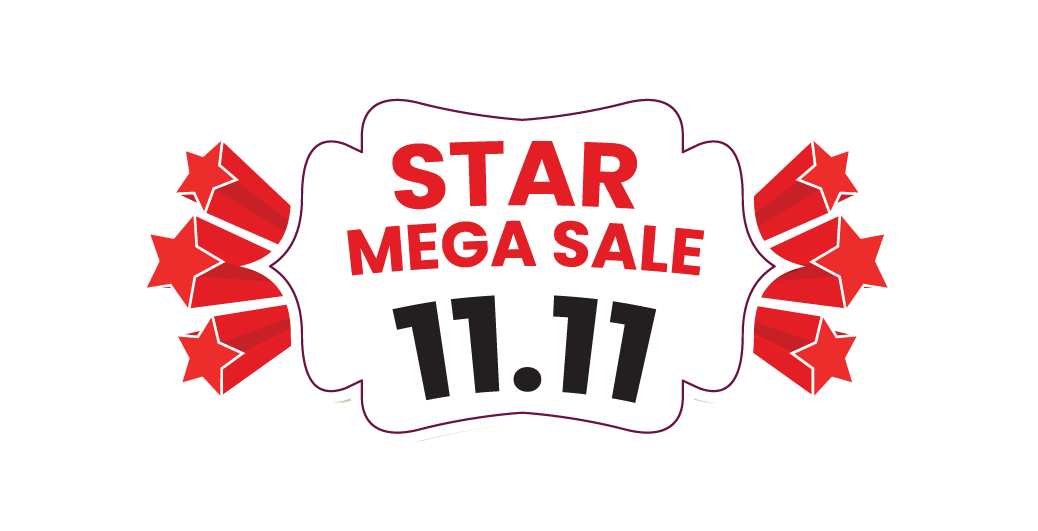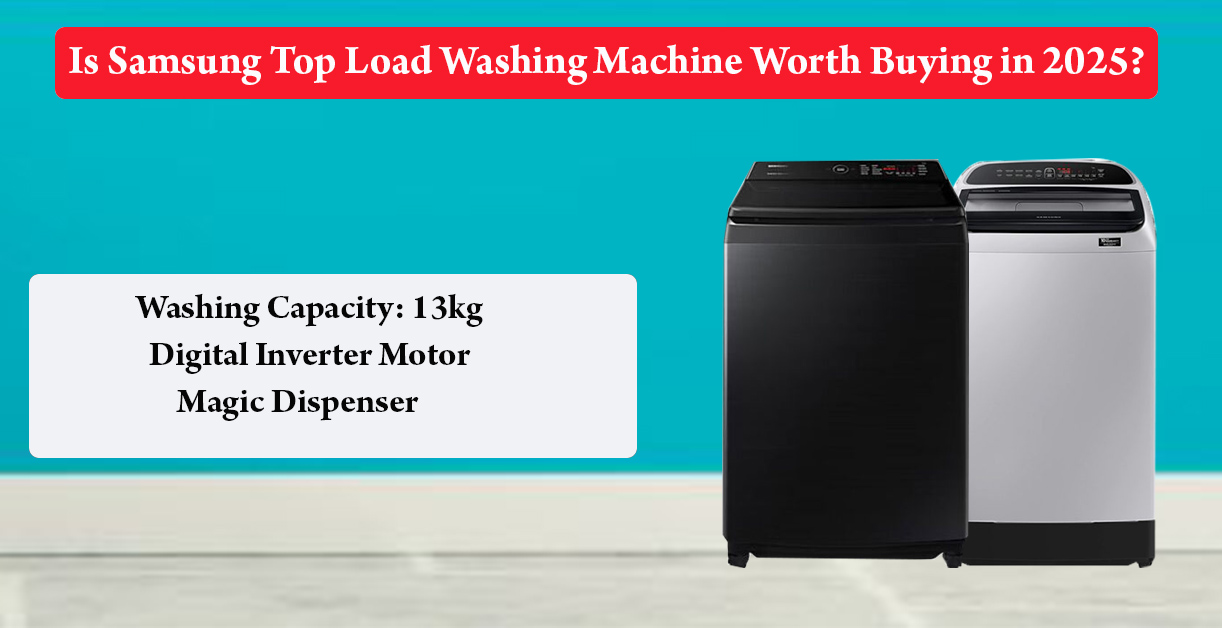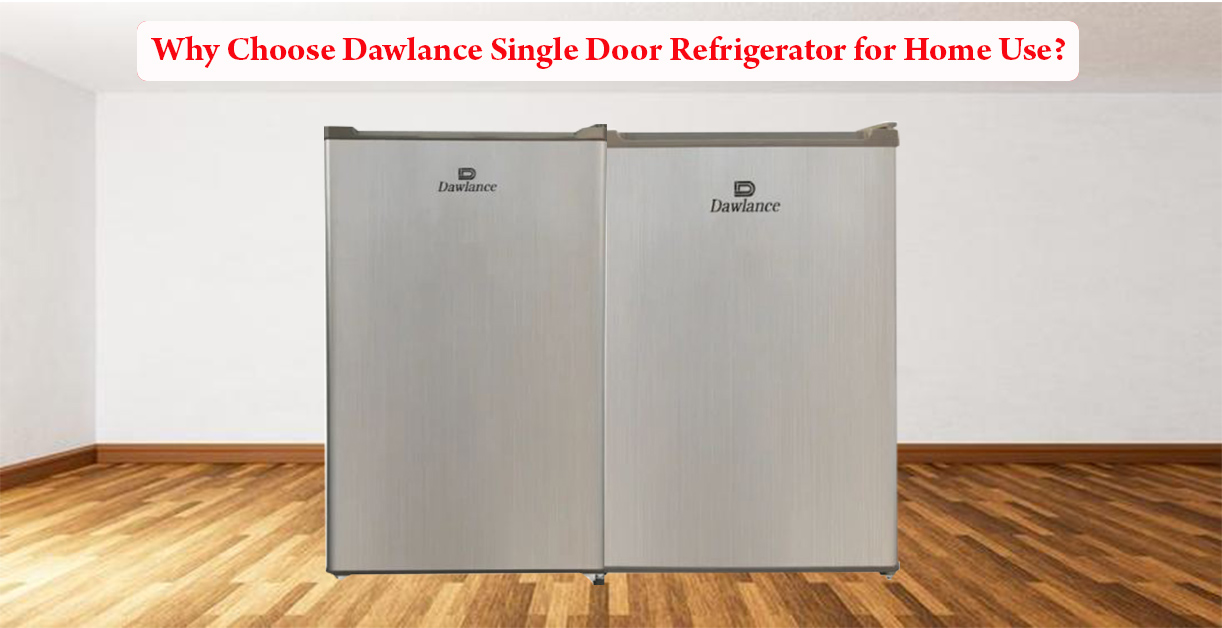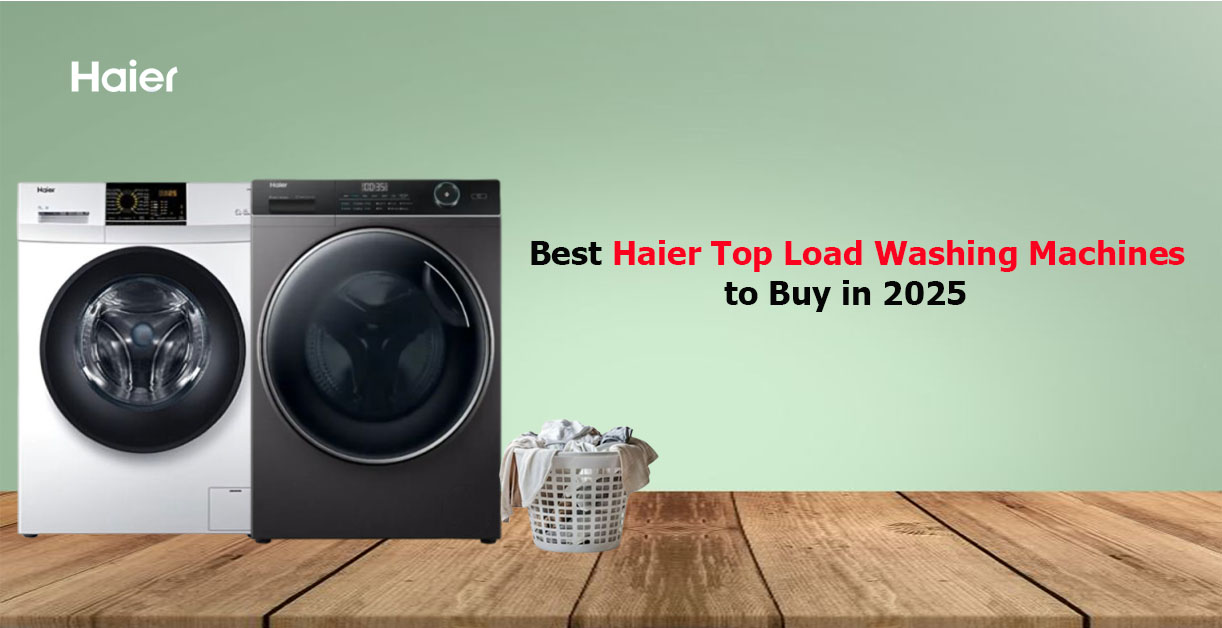Hygiene is an integral part of our lives and is backed by religions. Concerning this, a washing machine is a must-have appliance that is an excellent deal for value-addition. As the name infers, the device takes care of your laundry while you can focus on other chores. An individual need to identify the needs and pen down a well-structured purchase plan, entailing the capacity, type, energy consumption, semi-automatic vs automatic, front-load vs top-load, extra features, etc. Careful use of washing machines justifies its worth and proves beneficial in the long run.
The following aspects must be considered before stepping foot into the marketplace.
- Capacity
- Semi vs Fully-Automatic
- Front vs Top-Loaders
- Energy Consumption
- Other Features
Capacity
The first and foremost aspect to consider is capacity. Capacity depends upon the family size and is usually measured in kilograms (Kg); for individuals, 5 KG is suitable to onboard, whereas a family of 7 would require above 8 KG. In addition, the number of clothes per head and other things like towels, cushions, and bedsheets are the parameters for calculating the required capacity.
Semi vs Fully-Automatic
A semi-automatic machine requires human intervention; you must manually fill the water and shift the clothes to the next drum for drying purposes. However, basic tasks are automatic, and less energy consumption is what attracts worldwide consumers. On the other hand, a fully automatic is equipped with full automation, from filling water to the drying part; all one needs to do is put the clothes, set the desired wash time, and wait for the concluding sound. However, the high energy consumption proves to be a setback for the manifold. That being said, the choice needs to be made accordingly.
Front vs Top-Loaders

Front and top-loaders are the subordinates of a fully-automatic machine. The prime difference between the two is that you add clothes from the top in the former, whereas the latter requires adding clothes from the front. As far as the outcome is concerned, an individual should turn towards a front-loader, which comes at a high purchase cost and energy costs. A top-loader is more prevalent and requires a specific detergent every time for an effective wash.
Energy Consumption
Energy consumption is yet another primary concern; the costs depend upon the appliance’s power rating. The higher the rating, the greater the consumption and the higher the costs. Regardless of the type, purchasing energy-efficient machines and operating off-peak hours would be your best bet.
Other Features
There exist various unique features that distinguish a washing machine from its counterparts. For instance, one can look for an LED display, child-lock, temperature control, schedules, and intelligent features to add to the comfort; a LED display is attractive and represents the time left to conclude the laundry, and a child-lock protects the machine from the reach of small children, temperature control allows for adjusting the temperatures based on the cloth type, creating schedules for washing gives you freedom, and last. Still not least, intelligent features allow for connectivity with the smartphone via the application software.
Conclusion
A high-quality washing machine can be easily purchased from multiple retail channels. It is critical to buy from a reliable dealer with warranty claims and after-sales service to make the investment worth it.
| Models | Prices |
| Dawlance Automatic Washer DWT-1167-FLP Top Load 10Kg | 58,500.00 |
| Haier Fully Automatic Washing Machine HWM 85-1708 | 51,500.00 |
| Samsung WA90T5260BWURT Top loading Washer | 104,000.00 |
| Signature SWM-JD 46 / 47 Automatic Top Load | 70,000.00 |








